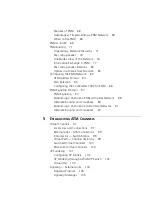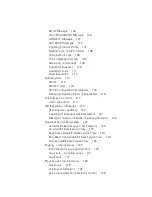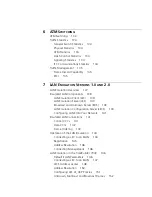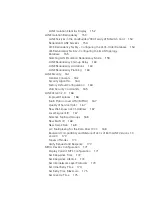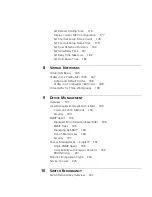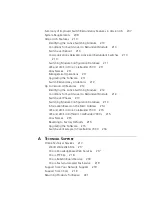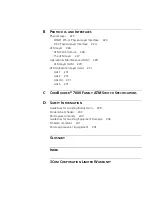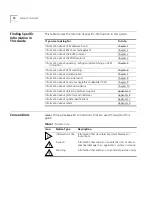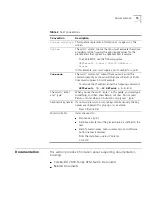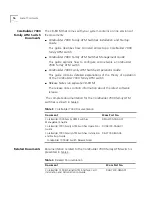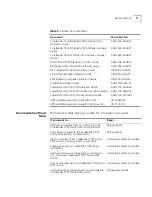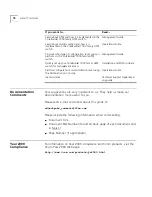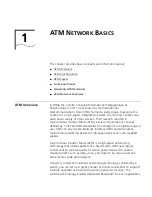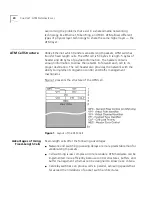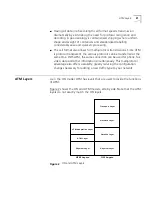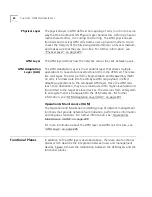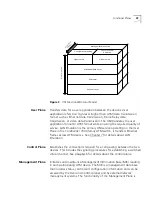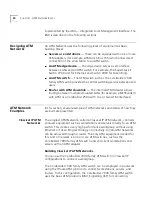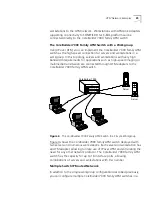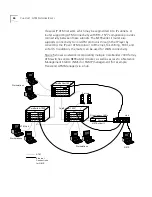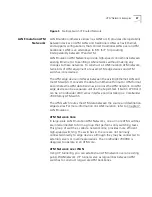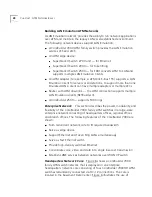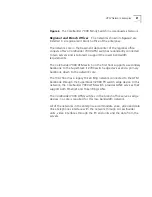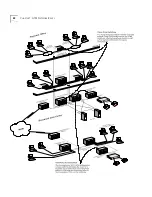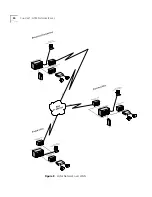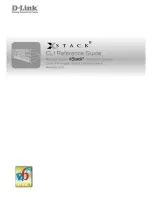
1
ATM N
ETWORK
B
ASICS
This chapter provides basic concepts and information about:
ATM Overview
ATM Cell Structure
ATM Layers
Functional Planes
Designing ATM Networks
ATM Network Examples
ATM Overview
In 1986, the Comité Consulatif International Télégraphique et
Téléphonique (CCITT), now known as the International
Telecommunications Union (ITU), formed a study group to explore the
concept of a high-speed, integrated network to uniformly handle voice,
data, and a variety of other services. Their research resulted in
Asynchronous Transfer Mode (ATM), a telecommunications concept
defined by CCITT and ANSI standards for carriage of a complete range of
user traffic on any User-to-Network Interface (UNI) and to facilitate
multimedia networking between high-speed devices at multi-megabit
speeds.
Asynchronous Transfer Mode (ATM) is a high-speed networking
technology that utilizes packets of a fixed length. ATM uses logical
connections to provide quality of service guarantees which enable
disparate traffic such as data, voice, and video to be carried over the
same local or wide area network.
Using this connection-oriented networking technology, centered by a
switch, you can set up a great number of virtual connections to support
multiple applications through the same physical connection. The
switching technology enables dedicated bandwidth for each application,
Summary of Contents for CoreBuilder 7000
Page 12: ......
Page 30: ...30 CHAPTER 1 ATM NETWORK BASICS...
Page 32: ...32 CHAPTER 1 ATM NETWORK BASICS...
Page 34: ...34 CHAPTER 1 ATM NETWORK BASICS Figure 8 LANE Network over WAN...
Page 96: ...96 CHAPTER 4 PRIVATE NETWORK TO NETWORK INTERFACE PNNI VERSION 1 0...
Page 184: ...184 CHAPTER 7 LAN EMULATION VERSIONS 1 0 AND 2 0...
Page 206: ...206 CHAPTER 9 DEVICE MANAGEMENT...
Page 222: ...222 APPENDIX A TECHNICAL SUPPORT...
Page 234: ...234 APPENDIX B PROTOCOLS AND INTERFACES...
Page 238: ...238 APPENDIX C COREBUILDER 7000 FAMILY ATM SWITCH SPECIFICATIONS...
Page 242: ...242 APPENDIX D SAFETY INFORMATION...

